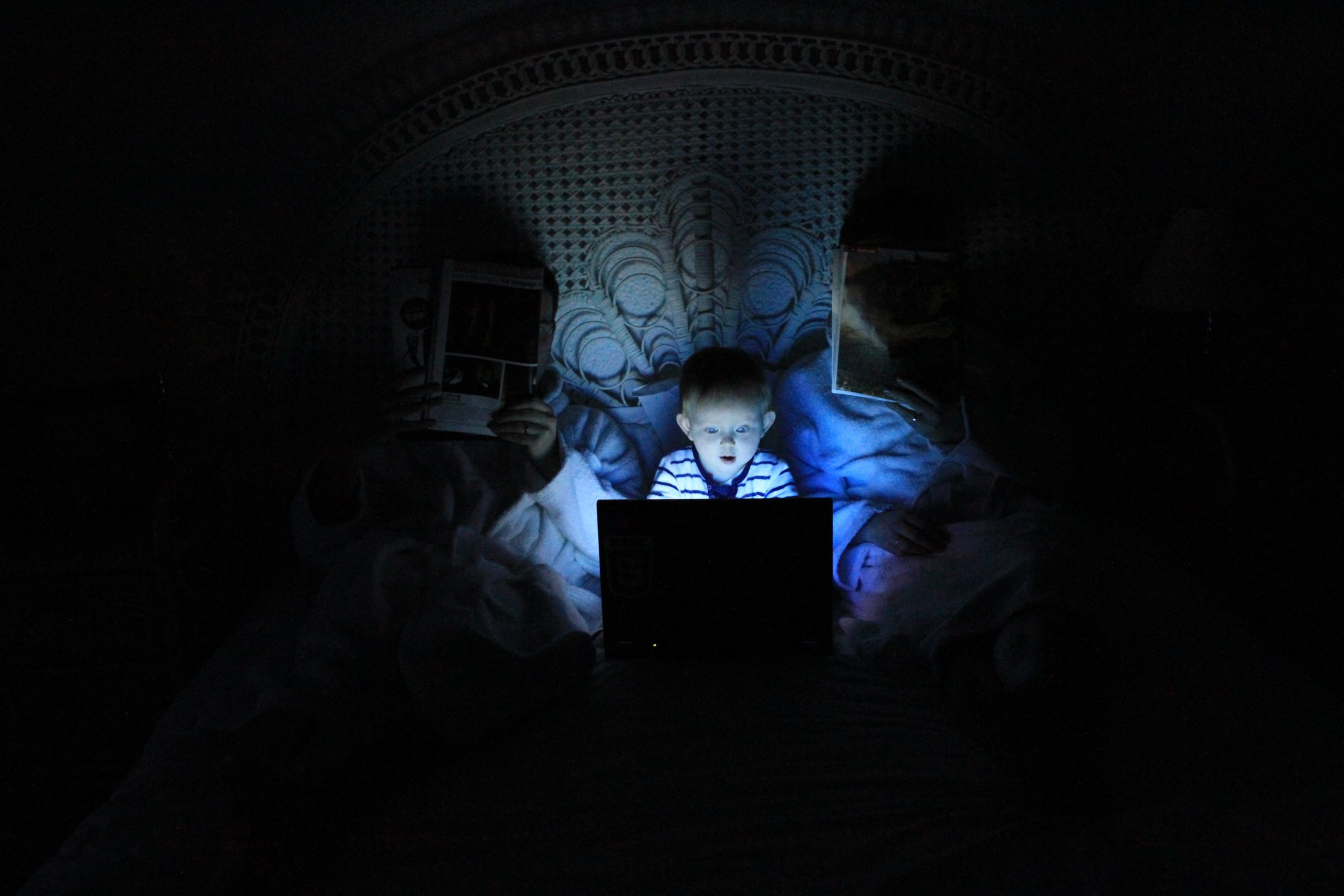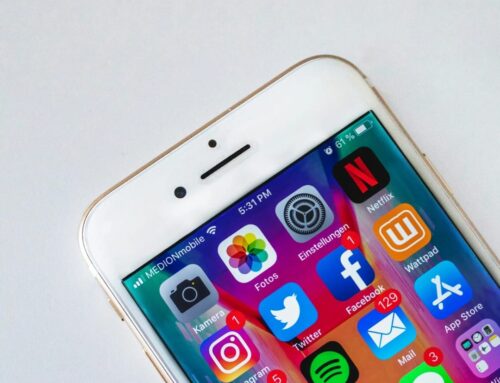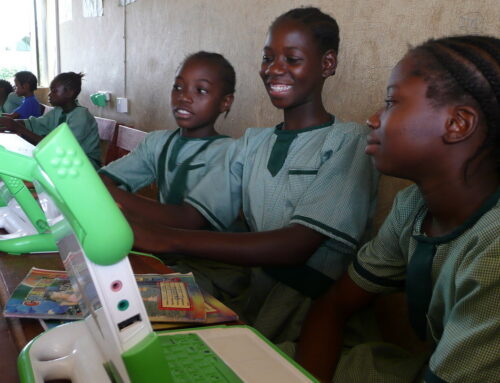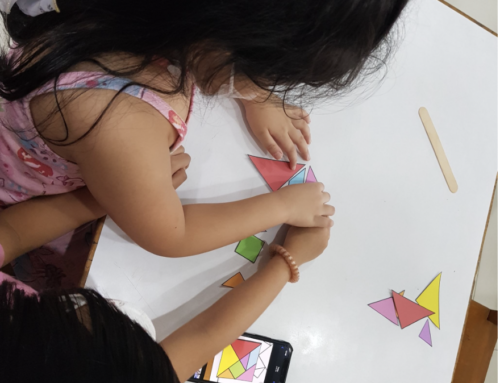I used to think that cyberbullying was simply bullying that had extended into the online world. And maybe in the early years there was some truth in that. After all, many students who are bullied during the school day are targeted online by the same students when they go online.
However the reality is that the two types of bullying are very different. Online is a brave New World with its own norms, conventions and unique practices. For instance, it’s increasingly perceived as normal by adolescents to engage in sexting and to share those images non-consensually with others (Thorn 2022). Approximately half of adolescents in Europe admit to engaging in behaviors that could be considered a criminal offense – money muling, hate speech, hacking, fraud, non-consensual sharing of intimate images (Survey of adolescents ages 16 to 19 by Professor Julia Davidson, Professor Mary Aiken and Kirsty Phillips of the Institute for Connected Communities. 2022)
Perhaps what most clearly differentiates cyberbullying from face-to-face bullying are the unique and evolving forms of aggression that it engages. You can see that in the nomenclature that is being created in order to describe the tools of cyber violence: trolling, flaming, cyberstalking, doxing, outing, revenge porn, identity theft and sextortion. There’s a dark, lizard-brain coldness to these online behaviors that takes cyberbullying into a different league from what so many of us experienced when we were at school.
It’s a learning journey for all of us to keep up with the evolving opportunities and risks of the online world. If you want to find out more, join me on Tuesday for the free webinar that I’ll be hosting. I’ll be talking about the new face of cyberbullying and sharing with you my insights from the past 20 years of bringing the No Bully program to schools. Tuesday May 16 at 11.00 AM PST / 2.00 PM EST)
Photo by Ludovic Toinel on Unsplash







Leave A Comment